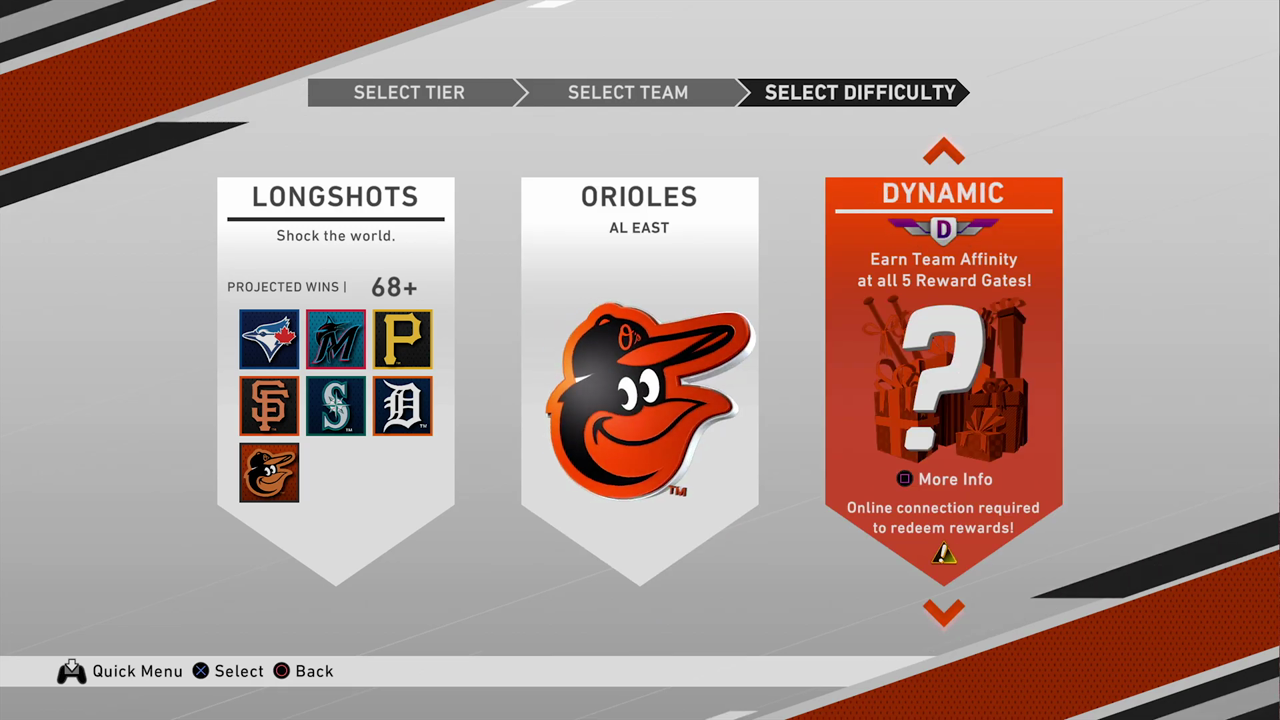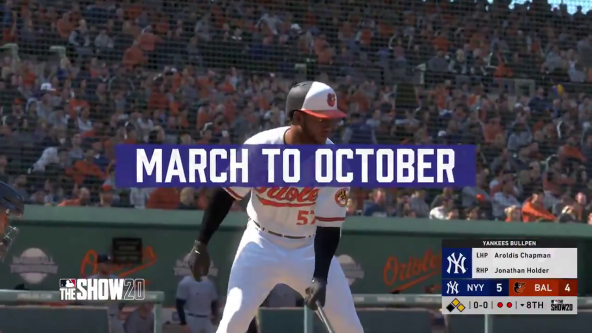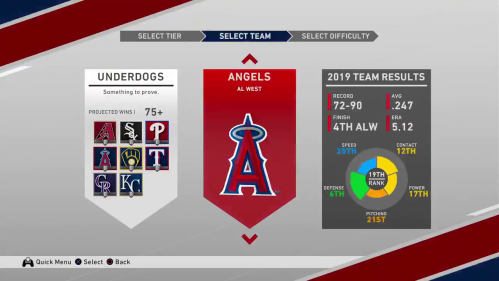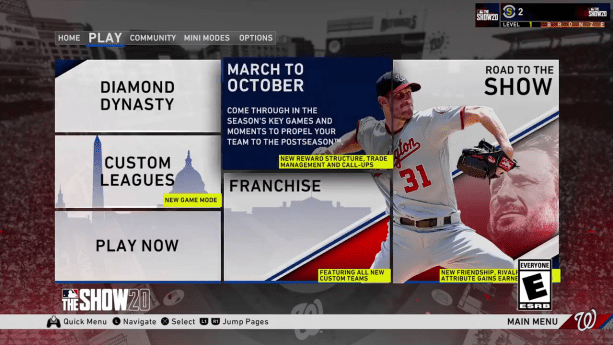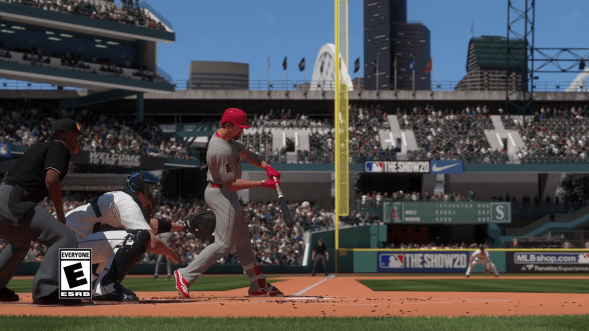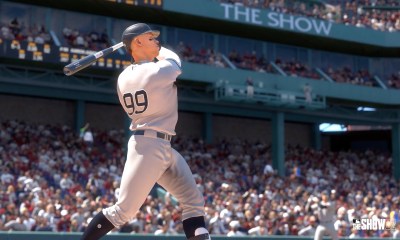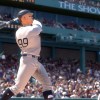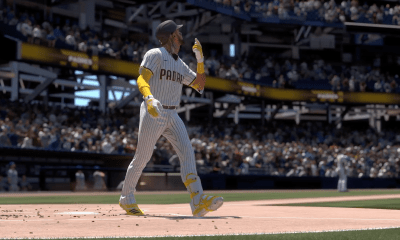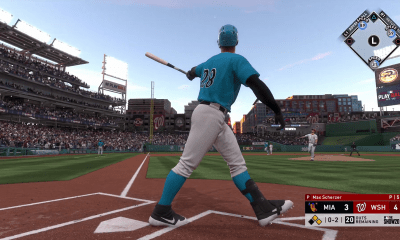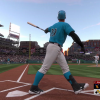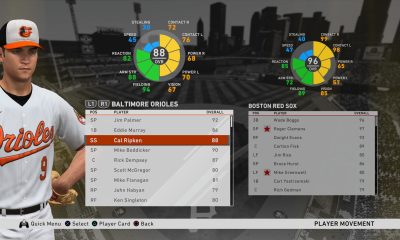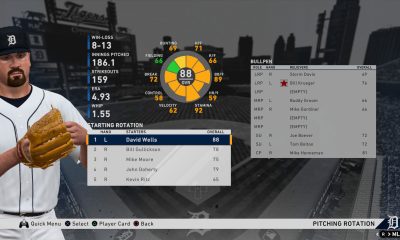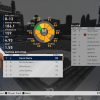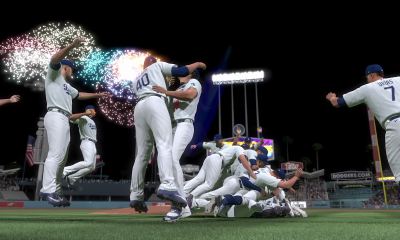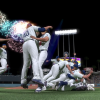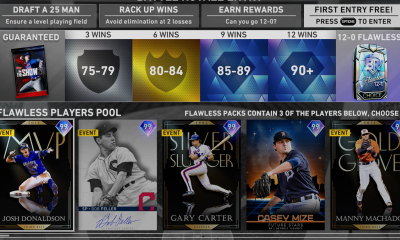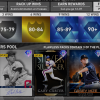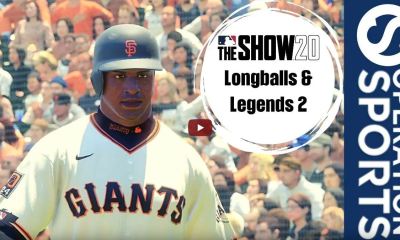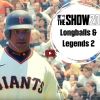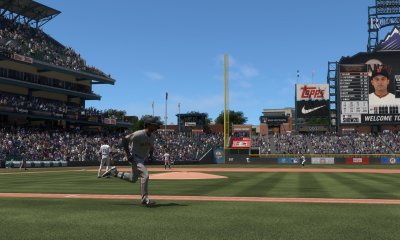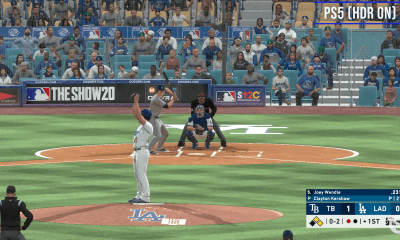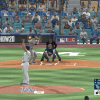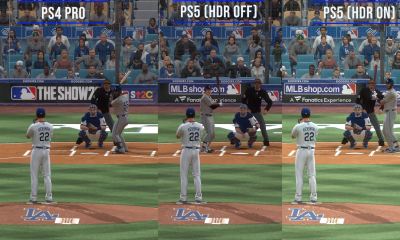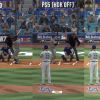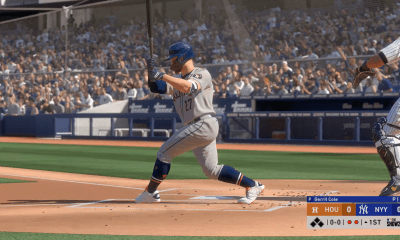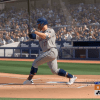MLB The Show 20
MLB The Show 20: Improving March to October for 2021
March to October can be divisive. Is it a repackaged franchise-style grind for beginners, or is it a quick, engaging way to play through a season while earning some Diamond Dynasty rewards? Last year, I was very critical of the mode and suggested that it was a better fit for an extension of franchise mode more than anything else.
In this year’s release, SDS came in hot with a revamped rewards system that positions MTO as the primary avenue to acquire high-end Diamond Dynasty cards, which even after all of the content updates still have tremendous value (because we are getting new Team Affinity stages throughout the year).
For those uninterested in Diamond Dynasty, MTO is an easygoing and narrative-driven season for players looking to try out other franchises. I had a blast hoarding veteran talent with the Los Angeles Angels and sending Mike Trout to the playoffs for the first time. Accidental storylines like the Angels acquiring Rich Hill from the Twins only for him to close the Twins out in the ALCS and shut down the Dodgers in the World Series would not have been realized if I had done this as my own franchise.
There is something very appealing about MTO’s limitations in decision-making that forces you to get creative with your resources, which is ironic considering many MLB The Show fans are clamoring for improvements to franchise mode (we are among them).
So after a year of refinements, I do feel like this mode can stand on its own. It is not franchise mode — nor should it replace franchise mode — but it has its own lane now. That being said, while this year’s MTO is certainly improved over 2019, there are still some issues that could be remedied headed into 2021.
Trade Management
Trading is certainly better than last year’s MTO spitting out three random players as trade opportunities. Setting the trade preferences was honestly the part I looked forward to the most out of each MTO season, and the rush waiting for the trade opportunity screen to pop up in June and July often eclipsed that of the on-field action. However, after multiple MTO campaigns, I was left scratching my head as to what impact these selections actually have in the game’s trade algorithm.
Limiting needs to only two categories makes sense given that the AI has to generate these trade targets, but it was a bummer for teams that needed more. For example, the Angels needed speed and a power bench bat almost as much as they needed at least two starting pitchers, but we were at the mercy of the trade algorithm to hopefully present us with what we needed.
In all MTO runs, only one player that I have flagged as a trade interest has ever been presented in the trade opportunities screen: Chris Paddack (I do think I’m probably an exception here though). Additionally, despite varying needs and players selected, the same pockets of low-impact players would appear each season. Lance Lynn and Rich Hill made appearances each year, and while they technically fit the team’s needs, there was no way to encourage the AI to target stronger talent.
My Angels would have gratuitously overpaid for an ace, but despite me setting up the proper targets to acquire, prospects to trade away, and team needs, it never materialized. Similarly, my players I designated as trade bait were only included in one trade package. Perhaps the silver lining is that the few players I deemed “untouchable” were thankfully left out of negotiations.
When I was able to make a big splash with the Athletics in a separate MTO, it was for a player who did not make sense to acquire: Christian Yelich. Though the Brewers extended him through 2029 in March, he was already under contract through 2022 from his extension with the Marlins. It would be shocking for the trying-to-win Brewers to trade their superstar to the carefully budgeted Athletics, especially given the light haul that centered around Franklin Barreto. While I was certainly glad from a playing perspective that the 72-19 Athletics were able to add an elite superstar, it felt very unrealistic.
The Lack Of Roster Control
When I started my quest for Face of the Franchise Shohei Ohtani, I was giddy about taking over the Angels. I would have an entire season of Jo Adell, Brandon Marsh would scoot up to the majors once he got too hot for AAA, and I would deal anyone and everyone else on the club for starting pitching help. We would acquire Noah Syndergaard, Hyun-Jin Ryu and maybe even Charlie Morton to become an appealing force in the AL West.
But, none of this ever happened.
Despite begging and pleading via the trade management screen to provide the team with speed, Jo Adell and Brandon Marsh rotted in the minors for all of 2020. Even as pinch runners, they would have been more valuable than any other bench player on the roster, but I never received the opportunity. Instead, Jaime Barria was presented to me more than once as a potential call-up. We brought him up the first time, and he struggled to an ERA north of 10, and he was thankfully the odd man out when we acquired Lance Lynn. I declined the second time the game asked me if I wanted to call him up, and that was the last anyone saw of the Angels’ minor leaguers.
The same issue persisted in Oakland. Jorge Mateo was more than ready to be a pinch runner, but there was not one call-up opportunity for the entire club all season long. Instead, I had four bench bats that I never used outside of, you guessed it, pinch running. Franmil Reyes, who I acquired as a bench power bat, would randomly appear on my bench as if he were being shuttled to-and-from the Las Vegas Aviators on a weekly basis.
Reyes and Jorge Mateo were available on my bench for only one “key moment” in September, despite my hopes that they would be there all season long. Inexplicably, the game kept Reyes off my postseason roster. Like clockwork, there were scores of situations throughout the playoffs where I found myself desperate for a power bench bat, only to be stuck with light-hitting players that I never wanted to use in the first place. Meanwhile, Franmil Reyes and his towering power were nowhere to be found.
This same call-up logic sent down a lefty reliever that I relied upon tremendously in favor of a fifth bench bat that I wound up never using all season long. Which do you think would have been more valuable in the postseason?
Missing Out On Key Moments
The key moments themselves feel improved this year, as Brad Peacock did not take six perfect games into the 7th inning like he did in 2019. There is still room for improvement, such as the Athletics randomly needing to extend their division lead despite being 23 games ahead of the second-place Houston Astros in the waning days of August.
One key moment was super exciting for me. All year long, my Athletics had a ridiculous division lead, including only 19 losses around the 100-game mark. The Astros were 20 games over .500 and were still at least 15 games behind throughout the summer and fall. I had already clinched the division and was waiting for the end-of-season solitaire simulation to finish until, suddenly, there was another key moment: “Break the single-season win record!” We had four games left in the season. I lost the first opportunity due to a painfully obvious swelling of in-game difficulty, but was excited about the prospect of literally rewriting MLB history with this thrilling club over the next few games.
But, that never happened.
Instead, the single-season win record would be broken via simulation two games later without any fanfare whatsoever. The Oakland Athletics finished the season with 118 wins and were treated no different than any other club that made the playoffs. In a mode littered with opportunities for players to create their own stories and grow attached to specific players on teams they may not be familiar with, MTO very anti-climactically skipped over what would have been a tremendous moment in MLB history. It would have been a blast to play out each game at a higher difficulty to see if I could achieve that history on my own, but unfortunately that chance never presented itself.
Though, adding comical insult to playful injury, check out the end-of-season assessment we received:
I am not sure what it is exactly that Billy Beane and the owners wanted to see from this club, but apparently winning an extremely competitive division, adding Christian Yelich for the rest of the decade, and setting the MLB’s record for single-season wins was not enough to warrant that final half of a star. You can only do so much, I suppose, though unlocking the coveted Face of the Franchise Matt Olson soothed the pain.
Bottom Line
All told, it is great to see MTO have significantly higher value as an offline opportunity to acquire some excellent DD cards. It maybe felt the most peculiar because the role that MTO puts players in does not exist in a front office or organization. No manager’s power reaches that of GM-lite, and no GM’s responsibilities are that watered down. Trading is such a wondrous element of every team’s season, and it pained me to see logical in-house solutions rot in the minor leagues in favor of mediocre and never-used bench players. However, I would be shocked if this mode were not expanded further in those regards for next year’s release, and I am very eager to see how SDS encourages more players to give it a whirl.


